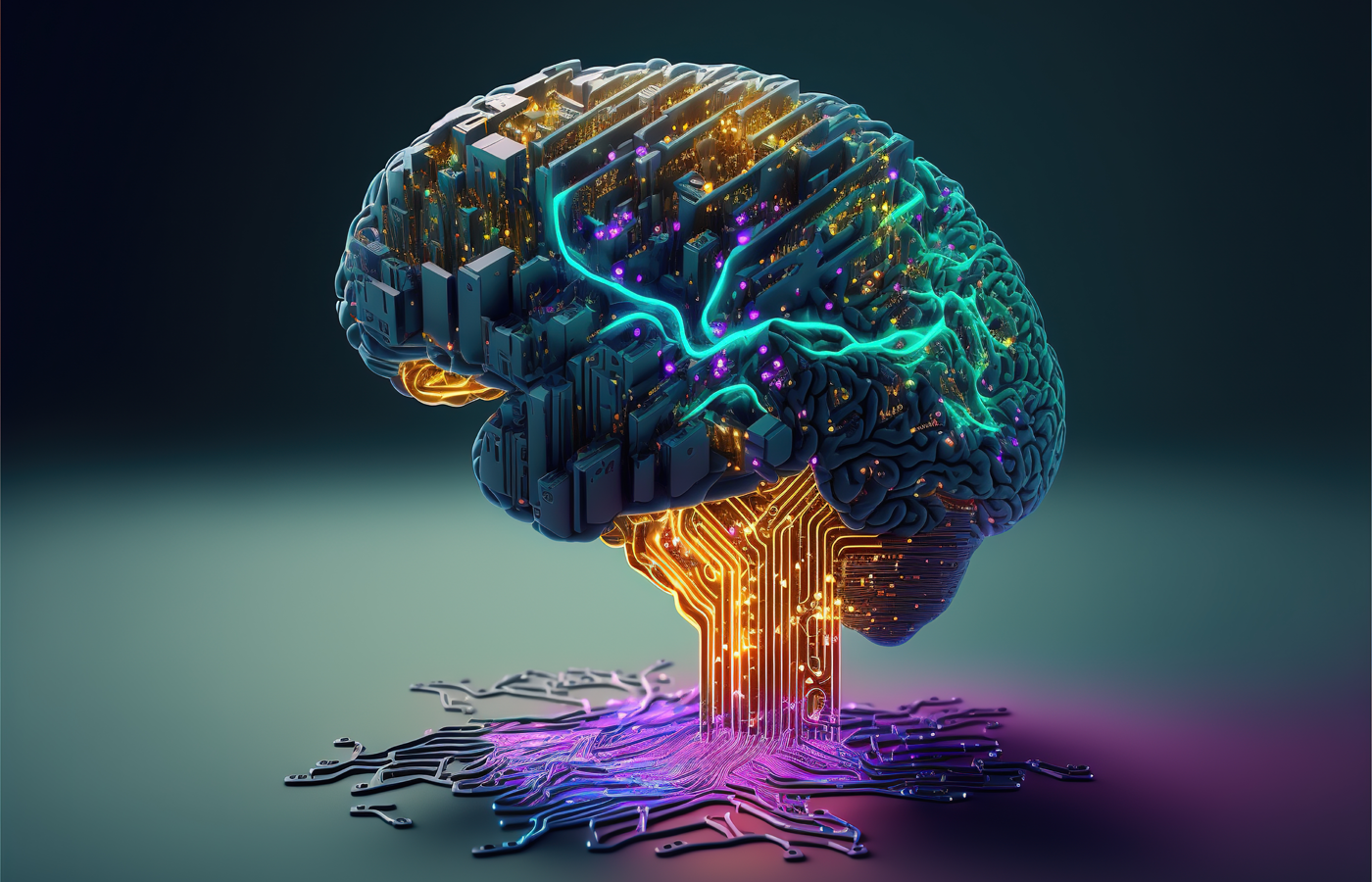All Categories
Featured
That's why so many are executing vibrant and intelligent conversational AI versions that clients can interact with through message or speech. In addition to client solution, AI chatbots can supplement advertising efforts and support interior interactions.
A lot of AI business that train large versions to produce message, photos, video, and audio have actually not been clear about the web content of their training datasets. Different leaks and experiments have exposed that those datasets include copyrighted material such as books, newspaper articles, and films. A number of legal actions are underway to figure out whether usage of copyrighted product for training AI systems makes up fair usage, or whether the AI companies require to pay the copyright owners for use their material. And there are naturally lots of classifications of negative stuff it can theoretically be used for. Generative AI can be utilized for customized rip-offs and phishing assaults: For instance, using "voice cloning," fraudsters can replicate the voice of a particular individual and call the individual's household with an appeal for help (and money).

(Meanwhile, as IEEE Spectrum reported this week, the U.S. Federal Communications Payment has responded by banning AI-generated robocalls.) Photo- and video-generating tools can be utilized to create nonconsensual pornography, although the devices made by mainstream companies forbid such use. And chatbots can theoretically walk a potential terrorist with the steps of making a bomb, nerve gas, and a host of various other scaries.
What's even more, "uncensored" variations of open-source LLMs are out there. In spite of such possible problems, lots of people assume that generative AI can likewise make people much more productive and can be utilized as a device to enable completely new types of creative thinking. We'll likely see both catastrophes and creative flowerings and lots else that we don't expect.
Discover a lot more regarding the math of diffusion models in this blog site post.: VAEs include 2 semantic networks typically referred to as the encoder and decoder. When offered an input, an encoder converts it right into a smaller, a lot more dense depiction of the information. This compressed representation preserves the information that's needed for a decoder to reconstruct the initial input information, while discarding any type of pointless details.
What Is Edge Computing In Ai?
This enables the customer to quickly example brand-new hidden representations that can be mapped via the decoder to generate unique information. While VAEs can produce outputs such as pictures faster, the images produced by them are not as detailed as those of diffusion models.: Discovered in 2014, GANs were taken into consideration to be the most typically used approach of the three prior to the recent success of diffusion versions.
Both models are trained with each other and get smarter as the generator generates much better material and the discriminator obtains far better at detecting the generated material. This procedure repeats, pressing both to constantly boost after every iteration until the generated web content is identical from the existing web content (What is the significance of AI explainability?). While GANs can supply top quality examples and create results rapidly, the sample diversity is weak, as a result making GANs much better suited for domain-specific data generation
Among the most preferred is the transformer network. It is necessary to understand how it works in the context of generative AI. Transformer networks: Similar to reoccurring semantic networks, transformers are designed to process consecutive input information non-sequentially. 2 devices make transformers especially skilled for text-based generative AI applications: self-attention and positional encodings.
Generative AI begins with a structure modela deep knowing model that serves as the basis for multiple different types of generative AI applications. Generative AI devices can: Respond to motivates and concerns Develop photos or video Summarize and manufacture info Change and edit material Generate imaginative works like musical compositions, stories, jokes, and rhymes Write and correct code Control information Create and play games Capabilities can differ significantly by tool, and paid versions of generative AI tools usually have actually specialized features.

Generative AI tools are constantly discovering and progressing however, as of the date of this magazine, some limitations consist of: With some generative AI devices, continually incorporating real research into text stays a weak capability. Some AI devices, as an example, can produce text with a reference checklist or superscripts with links to resources, but the recommendations frequently do not match to the message developed or are fake citations made of a mix of genuine publication info from multiple resources.
ChatGPT 3 - What are AI's applications in public safety?.5 (the free version of ChatGPT) is trained making use of data offered up till January 2022. Generative AI can still make up possibly inaccurate, simplistic, unsophisticated, or prejudiced feedbacks to inquiries or motivates.
This listing is not thorough yet features some of the most extensively made use of generative AI tools. Devices with free variations are shown with asterisks. (qualitative research AI assistant).
Latest Posts
What Is Machine Learning?
Machine Learning Basics
How To Learn Ai Programming?